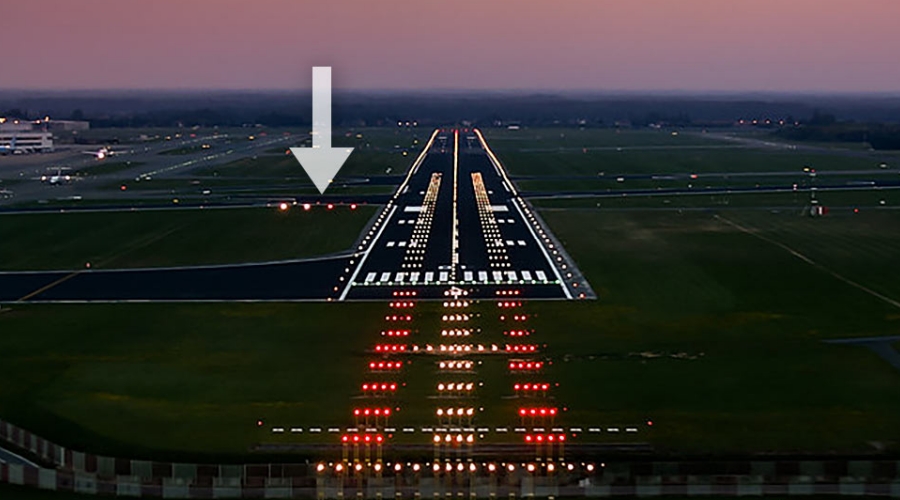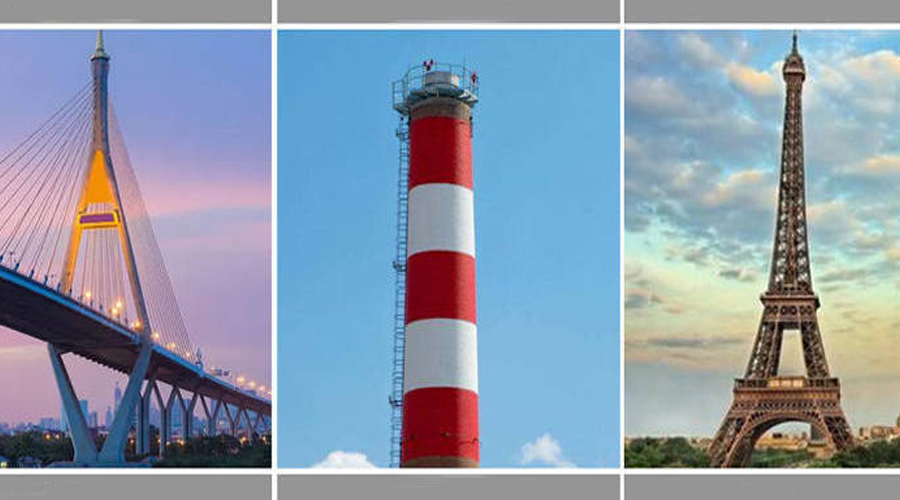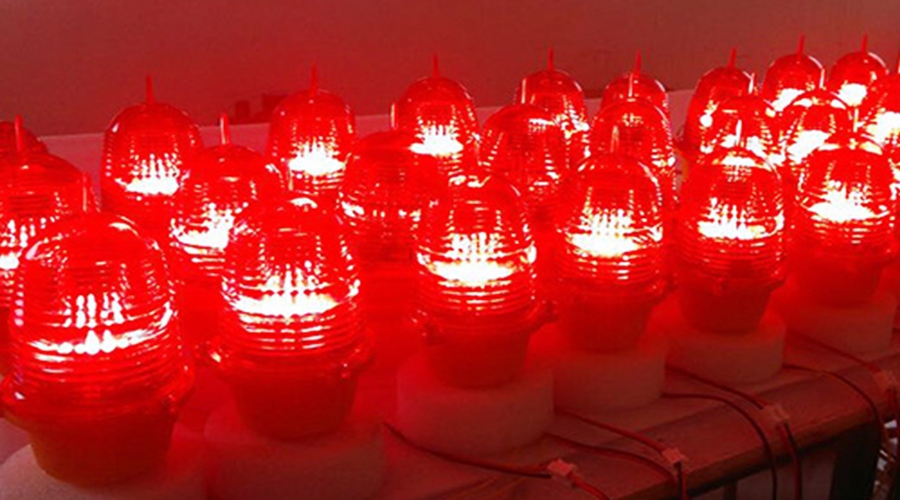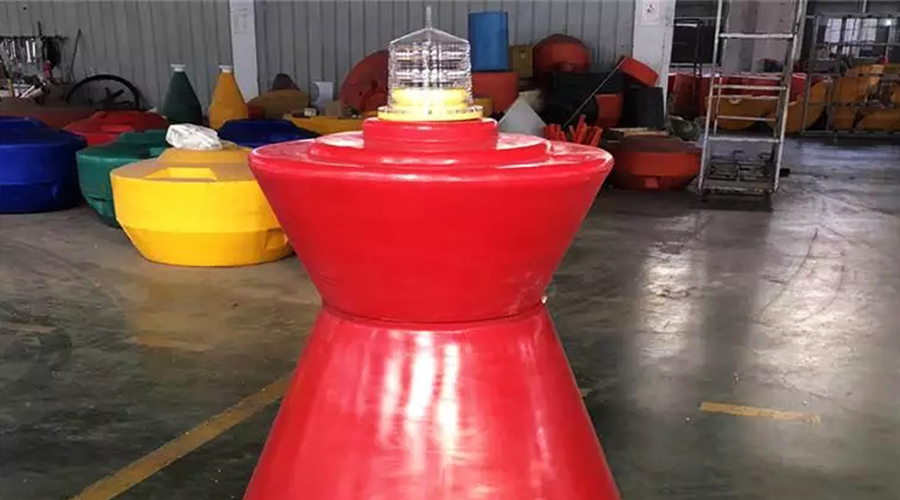PAPI lights (precision approach indicator lights) are a lighting system set up at the edge of an airport runway. They usually consist of four lights. These four bulbs are installed on both sides or one side of the runway (usually the left side). The color of the airport lights can be red or white. Its a visual aid used to guide pilots to stay on the correct glide path.
Airport PAPI light are visible for up to about 5 miles during the day and up to 20 miles at night, helping to ensure a safe glide path.
So, how does the PAPI light work? Let’s explore it together.
How Airport PAPI Lights Work?
- Light settings:
LED PAPI light generally have two rows of lights, divided into left and right groups, with two lights in each group. These lights display in different colors depending on the aircraft’s glide angle.
- Color indication:
All white: Indicates that the aircraft is too high. The pilot needs to lower the altitude.
One white & three red: Indicates that the pilot is approaching the ideal glide path.
All red: Indicates that the aircraft is too low. The pilot needs to increase the altitude.
- Ideal glide angle:
PAPI airport light are usually set at an ideal glide angle of 3 degrees, which is suitable for the approach requirements of most aircraft. If necessary, the light settings can be adjusted to suit specific airport needs.
- Light intensity:
The design of the Led airport lights ensures that its clearly visible during both daytime and nighttime, providing consistent visual guidance.
Airport runway light – PAPI lights are particularly important at night, in low visibility and complex weather conditions. Through their unique light indication and installation tilt angle, they provide important visual aid information to pilots during landing, helping them ensure that the aircraft is on the correct descent trajectory and lands safely.




